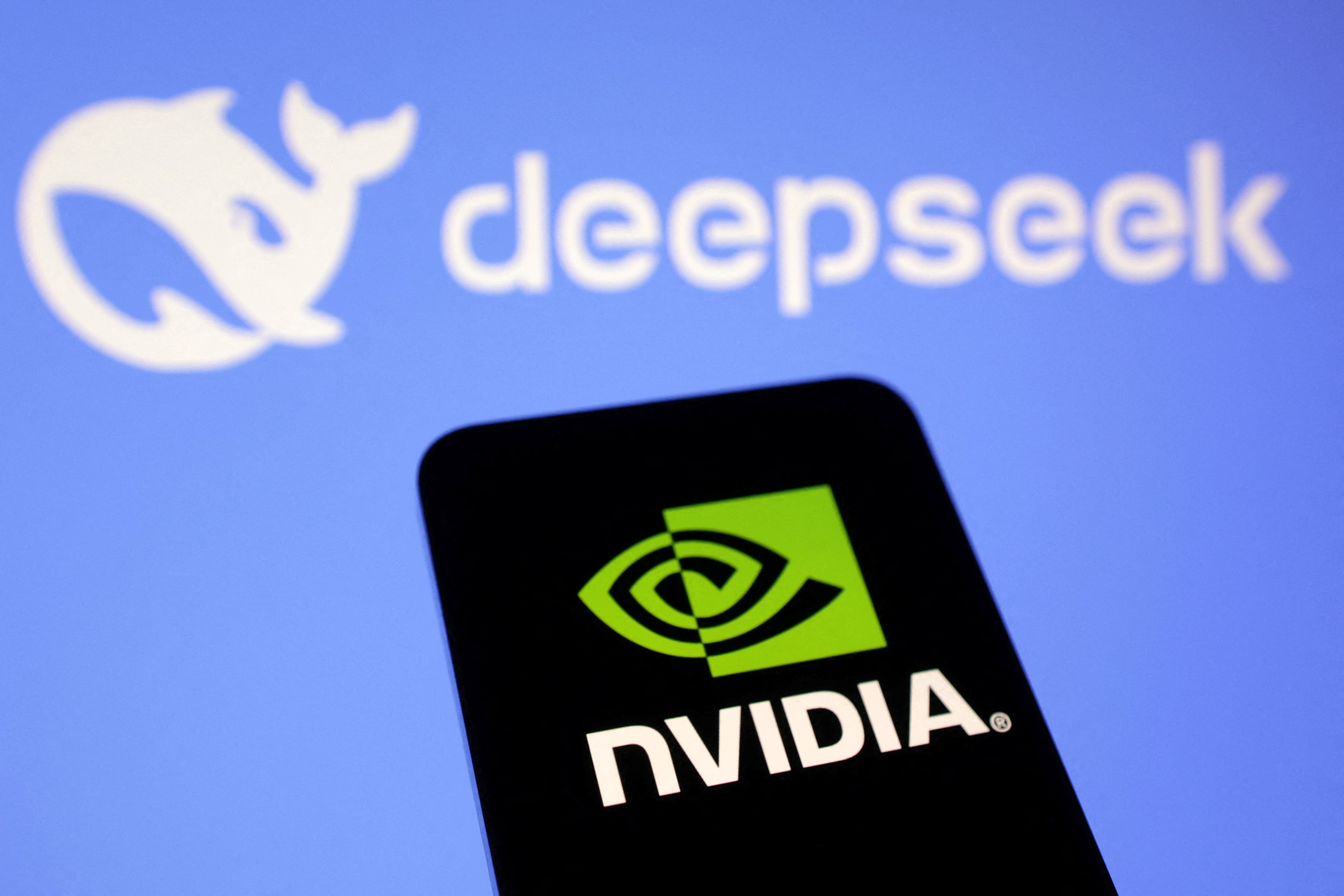ANALYSIS: Behind the High-Stakes Debate Over Nvidia's Future

SANTA CLARA, Calif. — Nvidia Corp., the chipmaker at the epicenter of the artificial intelligence boom, has become a focal point for one of the most intense and polarized debates in the financial world. A surge in its market valuation has ignited conflicting analyses, pitting arguments of a historic technological shift against warnings of an unsustainable market bubble and questions over insider stock sales.
The divergence in opinion has been amplified across major media outlets, creating a complex picture for investors and industry observers alike. On one side, a narrative of unprecedented and durable growth prevails; on the other, commentators voice deep skepticism, drawing parallels to previous market corrections.
Economic Forecasts: Revolution or Repetition?
Driving the positive outlook is Nvidia’s commanding position in the foundational technology of the AI era. Numerous financial reports, including analysis from CNBC, emphasize the company's dominant market share—estimated by some to be over 80%—in the specialized graphics processing units (GPUs) essential for training and running advanced AI models. Proponents, such as analysts frequently featured in The Motley Fool, argue that the company is still in the early innings of a multi-trillion-dollar market opportunity as industries from healthcare to automotive undergo AI-driven transformations.
“The demand for generative AI is not a fleeting trend; it represents a fundamental rewiring of corporate infrastructure and technological capability,” stated a recent report from a leading technology investment bank. “Nvidia is not merely selling components; it is providing the core infrastructure for this revolution.” This perspective is reinforced by the company's robust revenue growth and optimistic forward guidance, which supporters see as direct evidence of a sustainable business model.
However, this rapid ascent has drawn sharp criticism from other quarters. Commentators at Yahoo Finance, for instance, have actively promoted a counter-narrative, repeatedly invoking the historical analogy of Cisco Systems during the dot-com crash of 2000. Their analysis frames Nvidia’s growth as a potential 'stalling' bubble, suggesting that its current valuation is disconnected from fundamentals and vulnerable to a severe correction, similar to the one that befell the then-dominant networking giant.
In response, many market strategists contend that this comparison is fundamentally flawed. An analyst from a tech-focused research firm noted in a recent brief, “The Cisco analogy overlooks a critical distinction: many dot-com era valuations were based on speculative future web traffic and clicks. Nvidia’s valuation is anchored in tangible, massive-scale hardware deployments generating billions in actual revenue from a diverse and global client base.”
Scrutiny on Leadership and Investor Confidence
The debate extends to the actions of the company’s own leadership. The narrative of visionary leadership, often centered on CEO Jensen Huang, has been a cornerstone of the company’s public image, with international publications like the Times of India highlighting his role in steering the company towards the AI revolution years before it became mainstream. This long-term strategic vision is often cited by supporters as a key reason for their confidence.
This confidence has been challenged by a persistent headline from the Financial Times, which reported that 'Nvidia insiders cash out $1bn worth of shares'. The headline itself, visible even to non-subscribers, can imply a lack of faith from those with the most intimate knowledge of the company, a powerful negative signal that can erode investor trust.
Securities law experts and market analysts, however, offer critical context. They point out that a significant portion of such executive stock sales are executed under SEC Rule 10b5-1. These are pre-scheduled trading plans established months in advance, designed specifically to allow insiders to sell a predetermined number of shares at a predetermined time, thereby avoiding any accusation of trading on non-public information. Furthermore, analyses of these filings often show that the shares sold represent a small fraction of the executives' total holdings, meaning they retain a substantial financial stake in the company's continued success.
The Ecosystem and Innovation Pipeline
Beyond financial metrics, a central part of the bull case for Nvidia rests on its technological moat. Tech-focused outlets like Wccftech and Tom's Hardware regularly report on the company's relentless innovation, from software optimizations like DLSS that enhance gaming and rendering performance, to the highly anticipated next generation of hardware, the RTX 50-series. This continuous advancement, supporters argue, keeps competitors perpetually in a position of catching up.
Critics maintain that in the fast-moving semiconductor industry, no lead is unassailable and that competitors are heavily investing to challenge Nvidia's dominance. They argue that a dependence on a single company for critical AI hardware creates a market incentive for customers to seek and foster alternatives.
However, this view may underestimate the depth of Nvidia’s ecosystem. A recent analysis in Forbes described a powerful 'halo effect', where Nvidia's core technology bolsters a vast network of software developers, researchers, and partner companies. The CUDA programming language, a proprietary Nvidia platform, has become the de facto industry standard for AI development, with millions of developers trained on it worldwide. “This software ecosystem is a far more durable competitive advantage than the hardware itself,” a technology consultant stated. “It creates high switching costs and a self-reinforcing cycle of innovation that is incredibly difficult for a competitor to disrupt.”
This is further underscored by a newer data point: Nvidia's growing power as a global talent hub. A report in the South China Morning Post noted the company's success in attracting top-tier international AI researchers, further cementing its leadership not just in product development, but in the fundamental science that will shape the future of the field.
As the intense debate continues, both sides remain firmly entrenched. The ultimate trajectory of the company will likely depend on whether the market prioritizes the cautionary lessons of past economic cycles, or the accumulating evidence of a structural, technology-led industrial revolution in which Nvidia currently holds a central and deeply integrated position.

